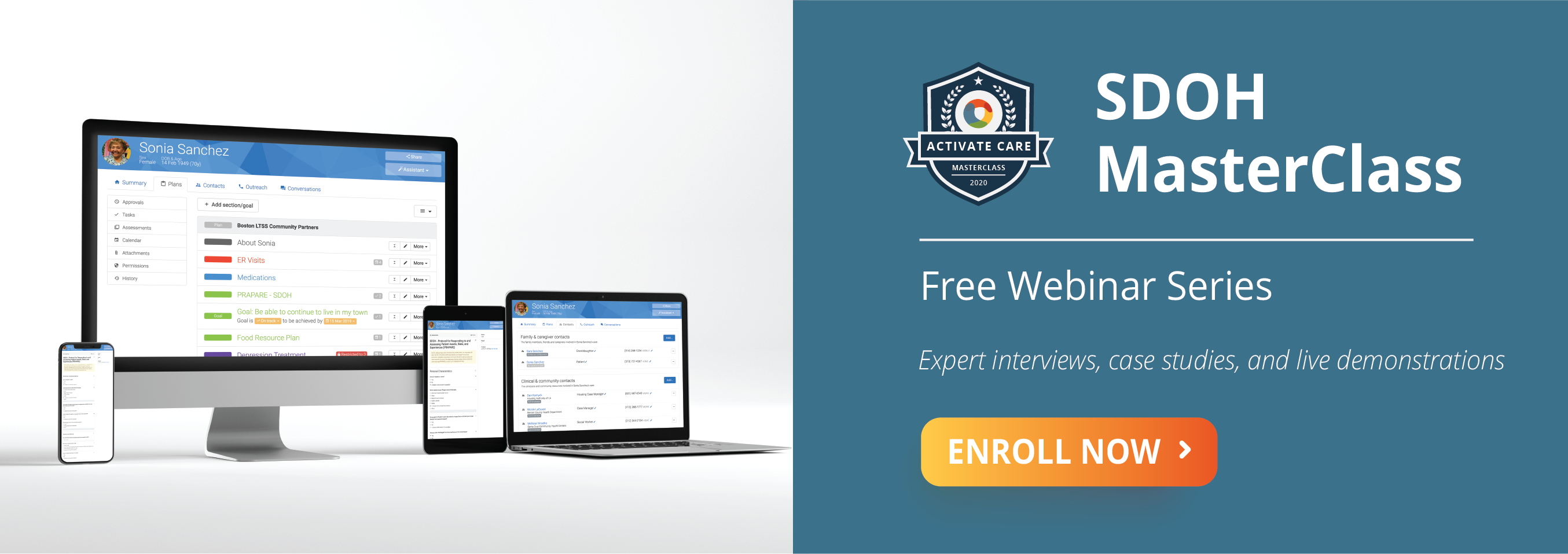Community paramedicine is one area in healthcare and social services that is getting more attention lately. Keeping people out of hospitals as much as possible is key to ensuring that hospitals aren’t overwhelmed by patient care needs, while also reducing the number of hospital-acquired coronavirus infections. To achieve this goal, hospitals and health systems have canceled and postponed many elective surgeries. They have also tapped their emergency services units and partner agencies to deliver more community paramedicine (or mobile integrated health) services to patients at home and outside the four walls of the hospital.
Today, hundreds of EMS (emergency medical services) agencies across the country engage in community paramedicine. EMTs (emergency medicine technicians) partner with hospitals, primary care physicians, nurses, and mental health and social services providers on innovative programs that navigate patients to the right level of care. You may also hear the term mobile integrated healthcare (MIH) used interchangeably with community paramedicine. This is also an accurate description of these services, but MIH can also mean a broader strategy to deliver many healthcare services outside of a healthcare facility by any type of health professional, such as community health workers (CHWs).
How to think about the role of community paramedics
I recently contributed to an episode of the Inside EMS podcast, which brings an expert perspective to hot topics, clinical issues, and operational and leadership lessons for EMS personnel to be safe and successful. We talked about how communities are utilizing paramedics in critical COVID-19 response strategies out in the community, in partnership with public health departments, local hospitals, home health agencies, and other services.
I shared my perspective on the nature of the community paramedic’s role, which I believe is to improve coordination between the patient and any health and social resource that may help them. They are tasked with connecting the dots across organizations in order to find the resource that will help a patient’s need. In many communities, paramedics are asked to do this work without any additional tools or resources to deal with these tasks efficiently. In my experience, community health software from Activate Care gives community paramedics the decision support they need to make appropriate decisions about which health and social resources to engage to help their patients.
How to ensure EMTs are successful in community paramedicine
One of the key steps in preparing for a community paramedicine strategy is taking time to listen to paramedics to understand their level of preparedness in taking on these new responsibilities. I have heard from many paramedics in my area that they are hesitant, and maybe even afraid, to be thrust into the front-line response for COVID-19. It is important to acknowledge these concerns, while also reassuring paramedics that many specific elements of their professional training have prepared them exactly for this moment in time.
It is also important to acknowledge the weak links that exist in your community within the health and social care system, especially as they relate to social determinants of health. COVID-19 has disproportionately impacted communities of color, low-wage workers, and urban residents. Community paramedicine programs can help connect these and all individuals to essential services they need to make it through the pandemic. The use of a community resource directory and referral management tool helps community paramedics do this important job while preventing any delays in accessing services to help with critical needs. When community paramedics can efficiently do their job, we reduce the burden on the healthcare system and improve health and social outcomes in our communities.
